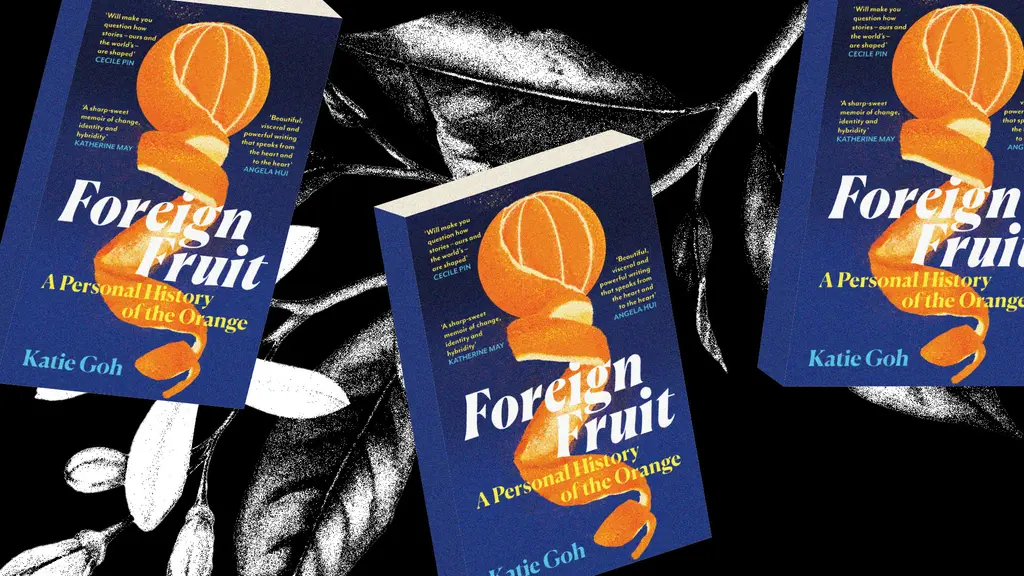How art is transforming the US prison system
- Text by Miss Rosen

The United States prison industrial complex is firmly rooted in the legalisation of slavery. For over 150 years, those rightfully and wrongfully imprisoned have been forced to endure conditions that violate human rights, their fates given over to the government and private corporations.
In the past week, stories of egregious violations at the Metropolitan Detention Centre in Brooklyn and Cook County Jail in Chicago have gone viral, revealing just a fraction of the brutality that largely goes unreported in the news. In much the same way, there are also successful rehabilitation stories that rarely get told.
Jeffrey Greene, manager of the Prison Arts Program for the Community Partners in Action (CPA), is aiming to rectify this problem – creating a non-profit organisation that works with current and former inmates in Connecticut’s prison system.
The CPA was originally founded in 1875 as the Prisoners’ Friends Society by a group of notable citizens invested in social reform. This included Samuel Clemens (Mark Twain), who called out the school-to-prison pipeline by astutely observing: “Every time you stop a school, you will have to build a jail. What you gain at one end you lose at the other.”

James Pinder. Outside Looking In, 2016. CPA Prison Arts Program Permanent Collection

Lamont Thergood. The day, 2014. Collection of Jeffrey Greene
For the past three decades, Greene has used the therapeutic possibilities of art to build a community of artists who are working on long-term projects in media that is allowed inside the prison walls. A selection of work by 28 artists is now on view in How Art Changed the Prison: The Work of CPA’s Prison Arts Program.
“People have revelations in prison all the time: about themselves, their connections to others, or how they have lived their lives, or a spiritual revelation, and then they get out of prison and the outside world is so different,” Greene says.
“I make it a point to meet with people after they get out, and you can meet with someone who spent 20 years who thinks it feels like a bad week. All the contemplative time you spent with yourself is lost, and you take away a feeling of alienation, a lack of confidence, a feeling of being other, you take that from your prison sentence.”

Vincent Nardone
Bitter Cup #36, 2011‒12. CPA Prison Arts Program Permanent Collection

Mark Despres.
Spark Plug Battle, 2006. Collection of Jeffrey Greene
The Prison Arts Program gives the inmates something more, something that allows them to work through their issues while standing as evidence of it. “The show is filled with documents of these people battling the darkness within the prison and within themselves,” Greene adds.
“They have these artworks that will remind them of that moment when they were by themselves, sitting on a bunk with a piece of cardboard that they fought hard to get, using coloured pencils that they are sharpening with nail clippers – they will remember those moments through the artwork.”
The exhibition brings together inmates and their families, revealing just how many lives are touched by incarceration and offering a means to reflect, to address, and to heal. “I went into prison and saw all of these people who could not help but make art because of who they are, where they are, and their need to confirm that they exist – and to express to their loved ones they are still there, need to be loved, and still love.”

Luis Norberto Martinez.
Northern Flicker, 2016. Collection of Jeffrey Greene

Lee Jupina. Game Day, 2015. Collection of Jeffrey Greene

Michael Seidman.
Resistors, 2018. Collection of Jeffrey Greene

Veronica May Clark
Brooklyn Banks, 2015. Collection of the artist
How Art Changed the Prison: The Work of CPA’s Prison Arts Program is on view at the Aldrich Contemporary Art Museum in Ridgefield, CT, through May 27, 2019.
Follow Miss Rosen on Twitter.
Enjoyed this article? Like Huck on Facebook or follow us on Twitter.
You might like

Dalia Al-Dujaili: “When you’re placeless, nature can fill the void”
Babylon, Albion — As her new book publishes, the British-Iraqi author speaks about connecting with the land as a second-generation migrant, plants as symbols of resistance, and being proud of her parents.
Written by: Zahra Onsori

Katie Goh: “I want people to engage with the politics of oranges”
Foreign Fruit — In her new book, the Edinburgh-based writer traces her personal history through the citrus fruit’s global spread, from a village in China to Californian groves. Angela Hui caught up with her to find out more.
Written by: Angela Hui

Meet the hair-raised radicals of Berlin’s noise punk scene
Powertool — In his new zine, George Nebieridze captures moments of loud rage and quiet intimacy of the German capital’s bands, while exploring the intersections between music, community and anti-establishment politics.
Written by: Miss Rosen

The rebellious roots of Cornwall’s surfing scene
100 years of waveriding — Despite past attempts to ban the sport from beaches, surfers have remained as integral, conservationist presences in England’s southwestern tip. A new exhibition in Falmouth traces its long history in the area.
Written by: Ella Glossop

Southbank Centre reveals new series dedicated to East and Southeast Asian arts
ESEA Encounters — Taking place between 17-20 July, there will be a live concert from YMO’s Haruomi Hosono, as well as discussions around Asian literature, stage productions, and a pop-up Japanese Yokimono summer market.
Written by: Zahra Onsori

We are all Mia Khalifa
How humour, therapy and community help Huck's latest cover star control her narrative.
Written by: Alya Mooro

